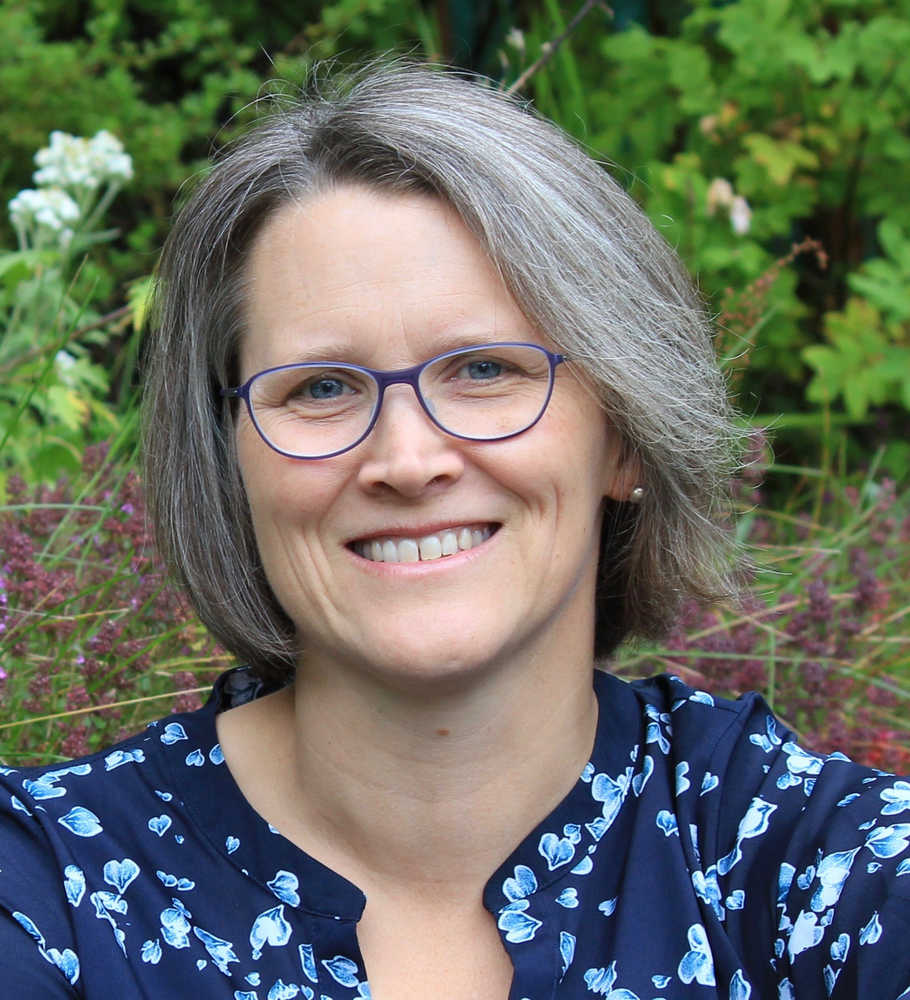Each month, this column will feature tips on how to include everyday literacy in your family’s daily routine using five familiar practices: reading, talking, playing, singing, and writing together.
Each article will include book and digital media recommendations as well as activities you can try at home.
Young children are natural scientists. They are observant and notice the smallest details, in a book, on a street sign, or during a beach walk that adults sometimes miss. They ask questions in an attempt to categorize a person, object, or action and understand how it fits into their world. They like to experiment and see what causes an effect. Harnessing this curiosity will help young children grow as readers.
Rich conversations, which include back and forth answers and questions and new and interesting words, feed curiosity and help grow young children’s vocabulary. Children with a large, diverse vocabulary often find reading easier when they formally learn to read. If a child is already familiar with a word, knows what it sounds like and its meaning, they often recognize it more easily in print. Young children with a wide and varied vocabulary can reach into their word bank and figure out a word’s meaning and, as a result, what they are reading makes sense.
It’s not time for flashcards though.
Everyday experiences provide substance for the kinds of conversations that feed a young child’s natural curiosity, offer motivation for kids to learn, and build vocabulary in context. Shopping trips to the grocery store can spark conversations about the shapes, colors, and sizes of familiar and unusual vegetables and fruits. Trips to the library, and the books and toys found there, can spur chats about dinosaurs, vehicles, families, and celebrations. A visit to the harbor provides opportunities to talk about the different types of boats, birds, and sea life. Use places, activities, and books to share new words and ideas. Recalling the day’s activities together, at dinner or before bedtime, will help your child practice the new words and solidify their meaning.
Share this Book!
City Shapes by Diana Murray and Bryan Collier celebrates the natural curiosity of young children and the many shapes and colors found in our communities. The rhyming text flows smoothly and playfully invites readers to explore the pages looking for familiar shapes, like squares, triangles, and rectangles, in new places. For young children in small towns like Homer, the beautiful watercolor and collage illustrations provide a window into urban communities and offer new topics for conversation and vocabulary to support early literacy. (Ages: 3-6)
Shapes are an important part of early literacy. Being able to tell the difference between a circle and a triangle is the same skill children will use to tell the difference between letters, like “a” and “o” for example. When reading City Shapes together and exploring this month’s featured app Busy Shapes, talk about the shapes, pointing out what makes them the same or different — number of sides or corners (angles), and whether or not the shapes have curves. These basic observation skills will be helpful in science and math also!
Share This App!
In Busy Shapes by Edoki Academy is a series of puzzles that are solved by sliding shapes into corresponding holes. The shapes’ colors, textures, and patterns change along the way, as do the challenges. Children compare the shapes and holes and then decide where each shape should go, sometimes altering the shape to succeed. When the matches are made successfully, the puzzle is solved and a new, more challenging puzzle is opened. Pre-readers will easily navigate this learning game. The app has minimal sound effects to help kids stay focused on the task at hand. The app can be reset in the parent section for repeated play or for use with multiple children. Ages: 2-5
Claudia Haines is the Youth Services Librarian at the Homer Public Library. She can be reached at 235-3180 or chaines@ci.homer.ak.us.


